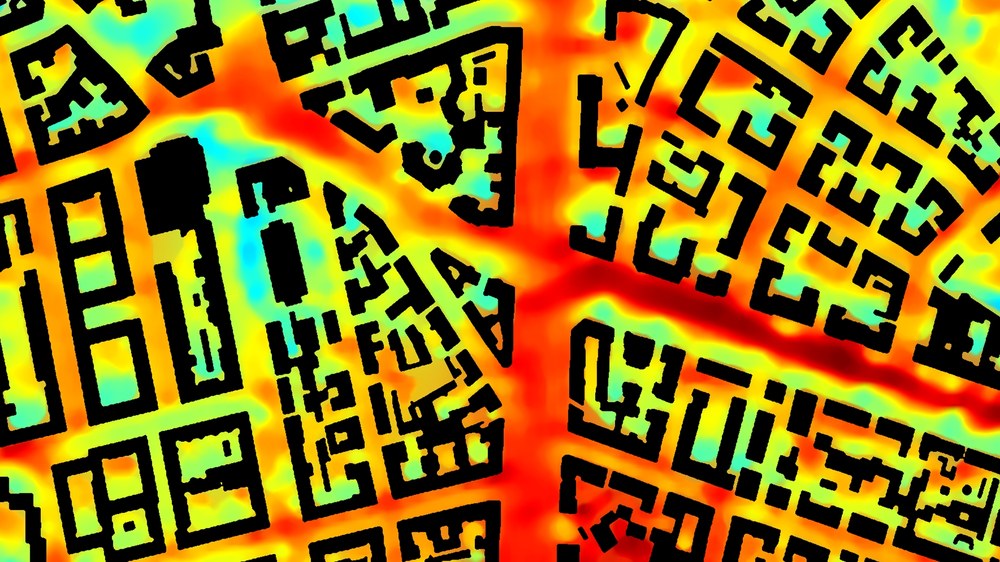Health
Humans are continuously exposed to a variety of environmental stressors, including heat, cold, wind, humidity, UV radiation, air pollutants, and pollen. Climate change is expected to alter these stressors in ways that are largely detrimental to human health. With the increasing intensity and frequency of extreme events such as heatwaves, climate change will pose new challenges to the human body. The health burden will increase, particularly affecting vulnerable groups such as people with pre-existing conditions, the elderly, and children.
Multi-temporal observational data (remote sensing and in-situ) combined with scenario-based numerical simulations can help assess these health risks, enabling targeted and prioritized planning of climate adaptation measures.
The objective of this cross-cutting topic is therefore to comprehensively analyze the spatial and temporal dynamics of environmental stressors within the thematic area “Urban Space” and to quantify the resulting health risks by considering both the population’s exposure and their vulnerability. This includes accounting for population dynamics, such as commuting patterns. Based on the detailed spatial assessments, recommendations for prevention and behavior will be developed, and priority areas identified due to their particular vulnerability and risk—both of which are important steps for efficiently planning and implementing climate adaptation measures.
The results of the Health cross-cutting topic will feed into the further development of the Bioclimatic Information System Bavaria (BioClis) and support the communication of proactive climate adaptation measures as part of the Bavarian Climate Adaptation Strategy (BayKLAS), with the aim of improving life quality.

